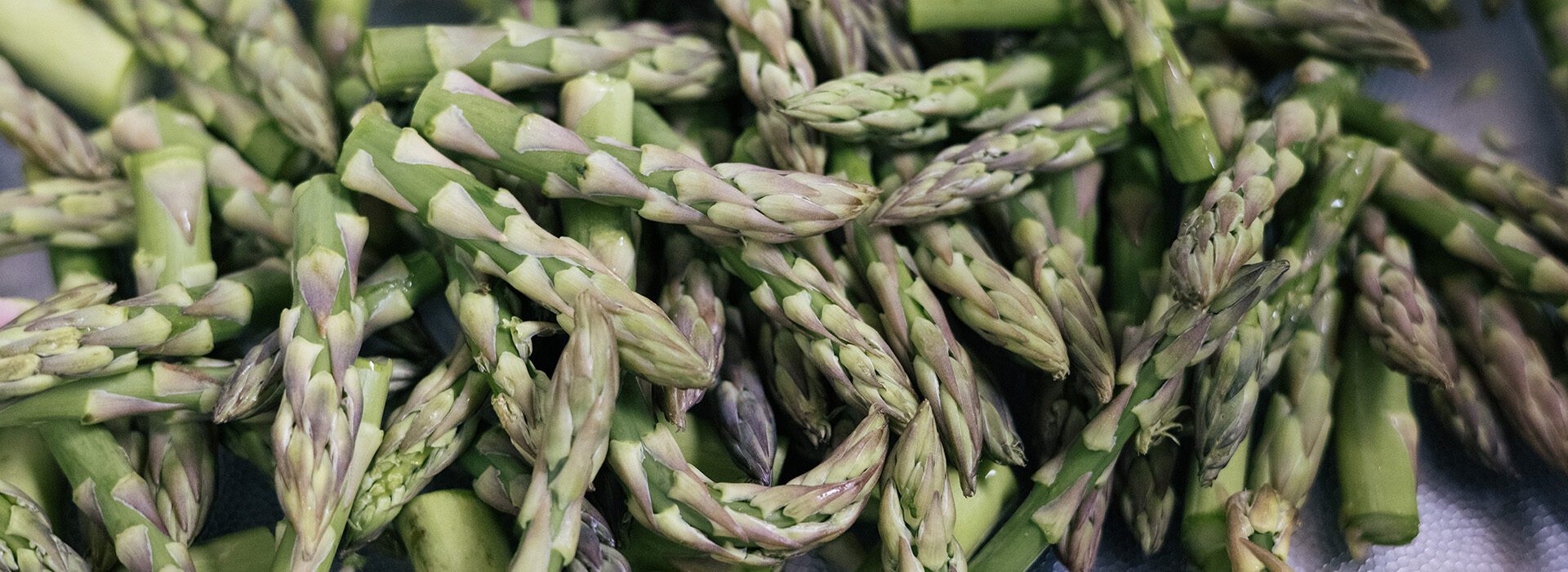Opportunity
In Illinois, there are 72,000 farms spanning 27 million acres across the state, about 75 percent of the state’s total land area[i]. Yet over one million Illinoisans are struggling with hunger each day[ii]. With the abundance of agricultural resources in our state, no one should go hungry.
Food banks and the emergency food system serve families with children who make too much in income to qualify for federal nutrition programs but who cannot afford enough to eat. In fact, 30 percent of those experiencing hunger in Illinois earn too much income to qualify for federal nutrition assistance programs but still struggle to put food on the table[iii].
The emergency food system also serves families enrolled in programs like SNAP whose benefits do not last them through the month. Most SNAP benefits are used up before the end of the month, with 90 percent of benefits redeemed by day 21[iv]. Additionally, 58 percent of food pantry clients currently receiving SNAP benefits turn to food pantries for assistance for at least 6 months out of the year[v].
No corner of the state is untouched by food insecurity. From Winnebago County in the north where 13.2% of residents are struggling to put food on the table, to Alexander County in the south where 17.3 percent residents are food insecure, many Illinoisians struggle to put food on the table [vi]. Low-income families are hardest hit from historic food inflation. In particular, low-income families struggle to afford fresh produce which typically costs more and poses a risk to low-income budgets in the event families cannot consume the produce before spoilage.
Illinois food banks and a network of thousands of charitable agencies across the state are working to provide nutritious food to families in need. While food banks receive federal commodities for distribution to low-income families through The Emergency Food Assistance Program (TEFAP), these commodities represent only a fraction of the total food distributed by food banks. Federal commodities are primarily shelf-stable foods, meaning that food banks must source fresh produce, dairy, and other foods to provide their clients with a balanced, nutritious diet.
Illinois agricultural commodities generates more than $19 billion annually. While corn and soybeans account for the majority of that, many people don’t realize that foods like pumpkins, peaches, apples, grapes, horseradish, and melons are grown on Illinois farmland. In fact, more than 64 vegetables and 15 fruit and nut crops are grown in Illinois and produce nearly $500 million in sales for farmers [vii].
Despite Illinois’s potential for growing specialty crops, growers face important challenges. Labor shortages have increased operating costs, and a lack of secondary markets, especially for blemished fruits and vegetables, makes it difficult for growers to maximize their income potential. Unlike with row crops, specialty crops can’t be raised in bulk and stored to be sold throughout the year due to freshness concerns. Many farms do not have cold storage on site nor have access to value-added processing capabilities to extend the life of their products. Most dairy products also have similar cold storage requirements and the need for expedient turnover. Many farms are unable to access markets such schools, hospitals, and wholesalers on their own and would benefit from additional aggregation hubs such as food co-ops where multiple farmers can together provide consistent access to fresh local produce.
By better connecting Illinois farmers and food banks, diversifying product mixes available to food banks, and developing local sourcing channels, an Illinois Farm to Food Bank program could help food banks better respond to the need in their communities, serve as an engine of economic development in the state agricultural economy, and advance agricultural equity within Illinois.
Recommendation
Illinois should support low-income families and farmers alike by establishing a state-funded Farm to Food Bank program. This program would increase the supply of specialty crops, meats, dairy, eggs, and any other edible agricultural products - fresh or processed - throughout our state's emergency food system while expanding market opportunities for Illinois farmers. In some states, food banks and farmers have been able to partner on what is grown to help food banks source foods that they can’t acquire through donations. This is especially important for sourcing culturally relevant foods. Farm to Food Bank programs reduce food waste and associated emissions by ensuring that products that might otherwise end up in a compost pile, landfill or left in the field instead end up on the tables of families in need.
The program would create a secondary market for eligible suppliers, which will include Illinois agricultural growers, producers, processors, or distributors, including individual farmers, food hubs, farmer markets, etc. Program funding will be used to pay for harvesting, processing, packaging and transporting products from these Illinois sources.
[i] https://www2.illinois.gov/sites/agr/About/Pages/Facts-About-Illinois-Agriculture.aspx#:~:text=Illinois%20is%20a%20leading%20producer,%2C%20poultry%2C%20fruits%20and%20vegetables.
[ii] https://map.feedingamerica.org/county/2020/overall/illinois
[iii] Map the Meal Gap 2020, Feeding America. https://www.feedingamerica.org/sites/default/files/2020-06/Map%20the%20Meal%20Gap%202020%20Combined%20Modules.pdf
[iv] U.S. Department of Agriculture, Food and Nutrition Service. Benefit Redemption Patterns in the Supplemental Nutrition Assistance Program. Final Report. Table III.1. February 2011. http://www.fns.usda.gov/ora/menu/Published/SNAP/FILES/ProgramOperations/ARRASpendingPatterns.pdf
[v] Feeding America. Food Banks: Hunger’s New Staple. Preliminary Findings. September 2011. http://feedingamerica.org/press-room/in-the-news/the-new-normal.aspx
[vi] https://map.feedingamerica.org/county/2020/overall/illinois
[vii] https://www.ilfb.org/resources/learn-about-il-agriculture/local-food/illinois-specialty-crops/
Find Food
Get Help
Food & Medical BenefitsGet free help applying for SNAP/Link, Medicaid and other benefits.
Job TrainingExplore our paid workforce and professional development program for a career in the hospitality industry.
Nutrition ResourcesBrowse cooking videos, recipes and more to help you prepare ingredients you have at home.
Resources for FamiliesFind free diapers and learn about nutrition and benefits programs to support families.
Support for Older AdultsReceive shelf-stable food boxes and learn about programs to support healthy aging.
Take Action
Our Story
Donate

